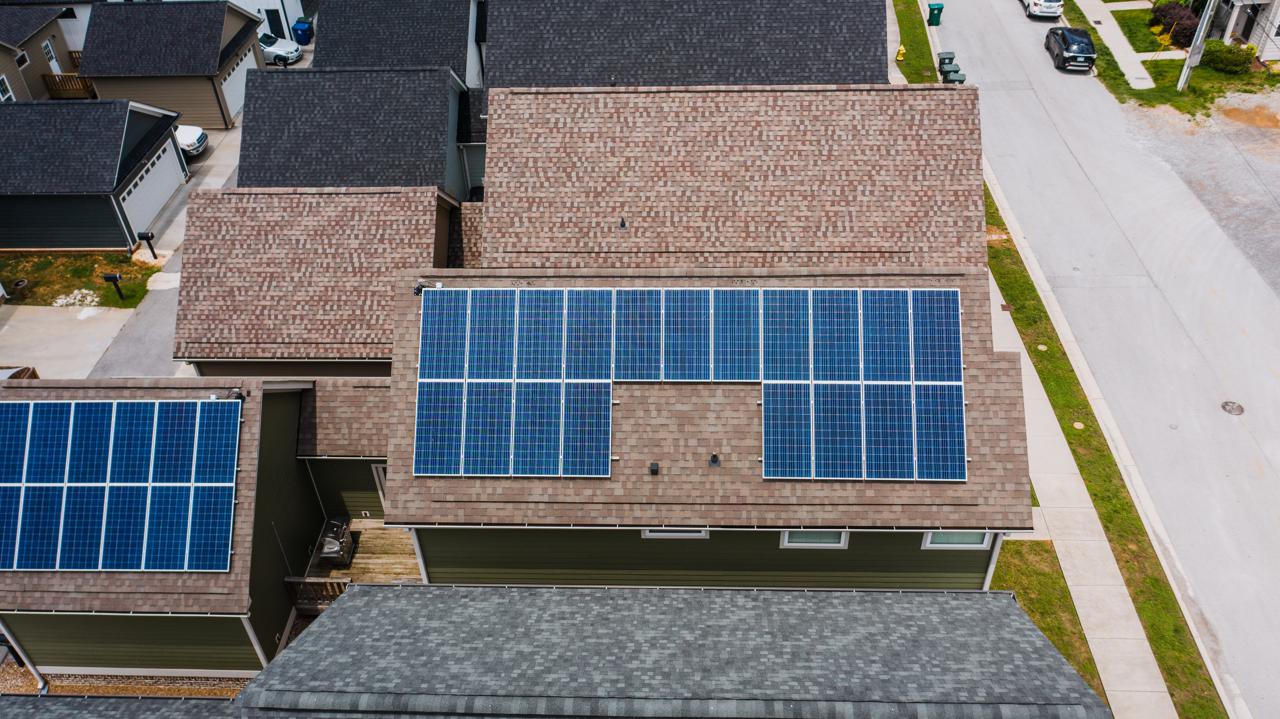When it comes to installing a home solar panel system, one of the most important factors to consider is the number of solar panels you will need. The number of panels you require will depend on several factors, including the capacity of your solar panel system, the size and layout of your roof, and your energy consumption.
To determine the number of solar panels you need for your home, the first step is to calculate the capacity of your solar panel system. The capacity of a solar panel system is measured in watts (W), and it refers to the total amount of power that the panels can generate. The average home solar panel system has a capacity of around 5 kilowatts (kW), which is equivalent to 5,000 watts.
Next, you will need to consider the size and layout of your roof. The size of your roof will determine how many solar panels you can fit on it, while the layout will determine the optimal orientation and angle for the panels. A south-facing roof with a slope of around 30 degrees is ideal for solar panel installation, as it will receive the most sunlight throughout the day.
Finally, you will need to consider your energy consumption. The average household in the United States uses around 900 kWh per month, which is equivalent to 30 kWh per day. To generate this amount of energy, you will need around 20 solar panels with a capacity of 300 watts each.
In summary, the number of solar panels you need for your home will depend on the capacity of your solar panel system, the size and layout of your roof, and your energy consumption. To determine the number of panels you need, you will need to calculate the capacity of your solar panel system, consider the size and layout of your roof, and determine your energy consumption. With the right combination of these factors, you can determine how many solar panels you need for your home. Additionally, it's important to consider the orientation and shading of your roof, as well as the size and efficiency of the solar panels themselves. For example, a south-facing roof with minimal shading will require fewer panels than a east or west-facing roof with significant shading. The goal is to have enough solar panels to generate enough electricity to meet your household's energy needs.

